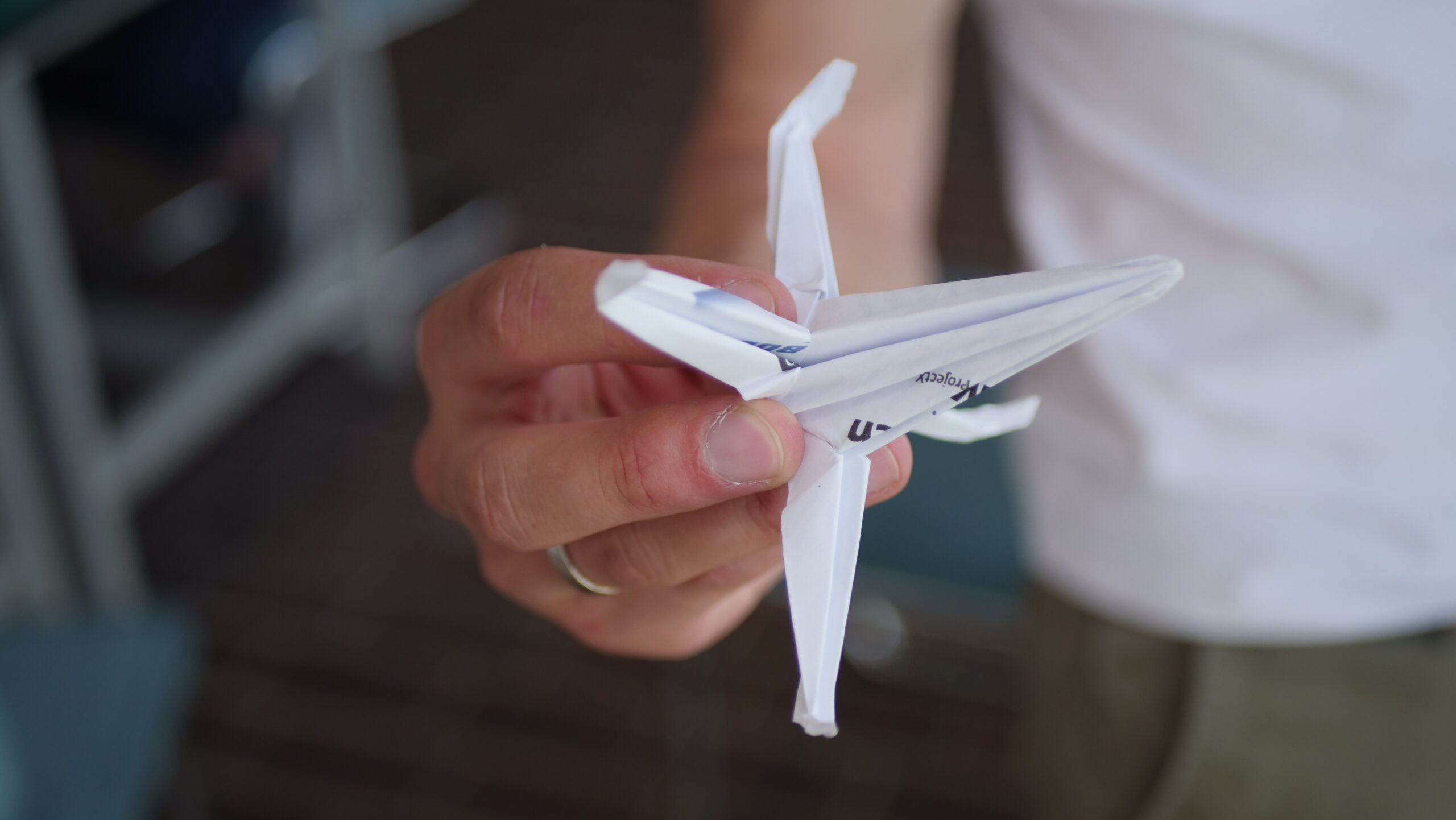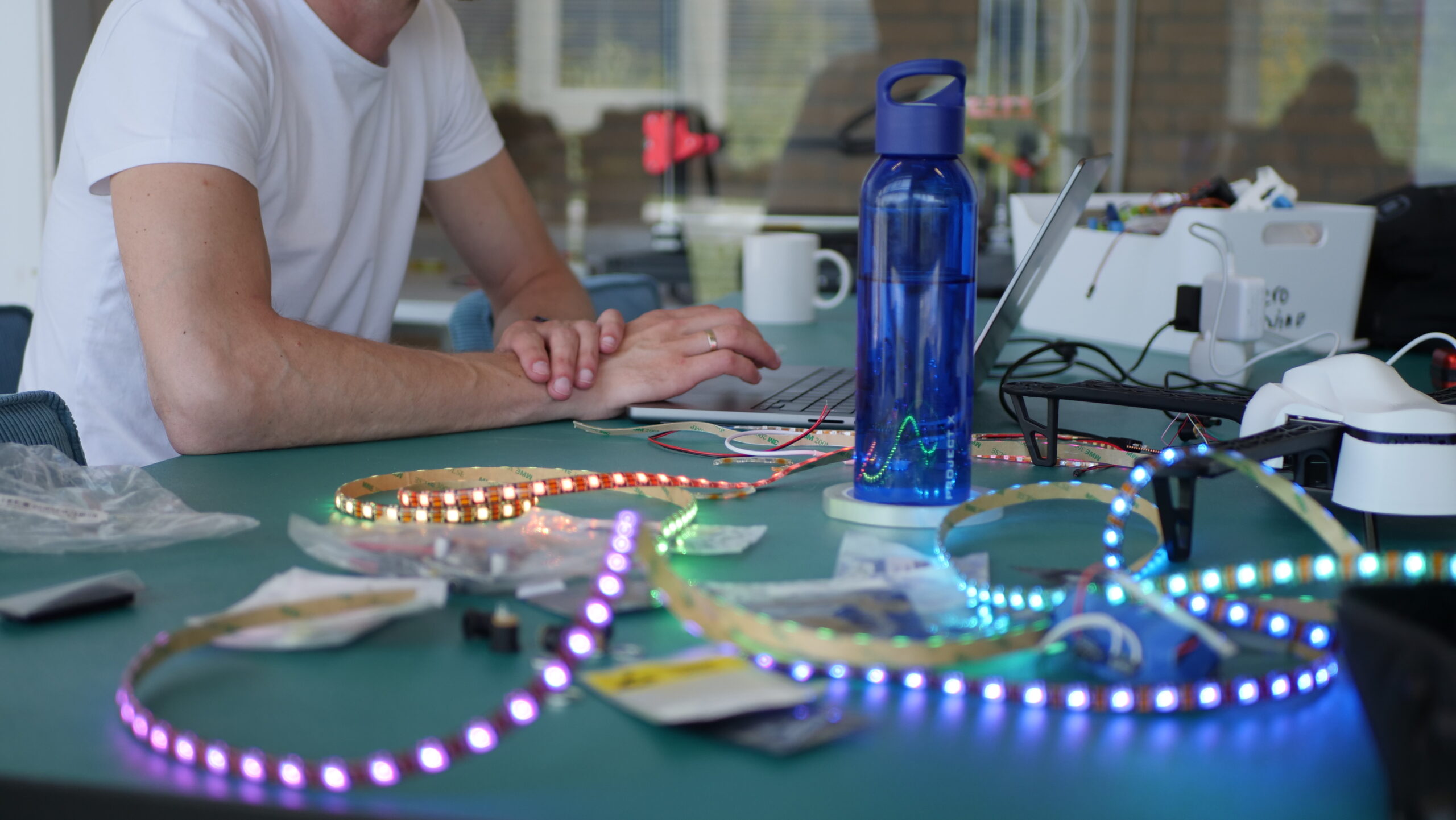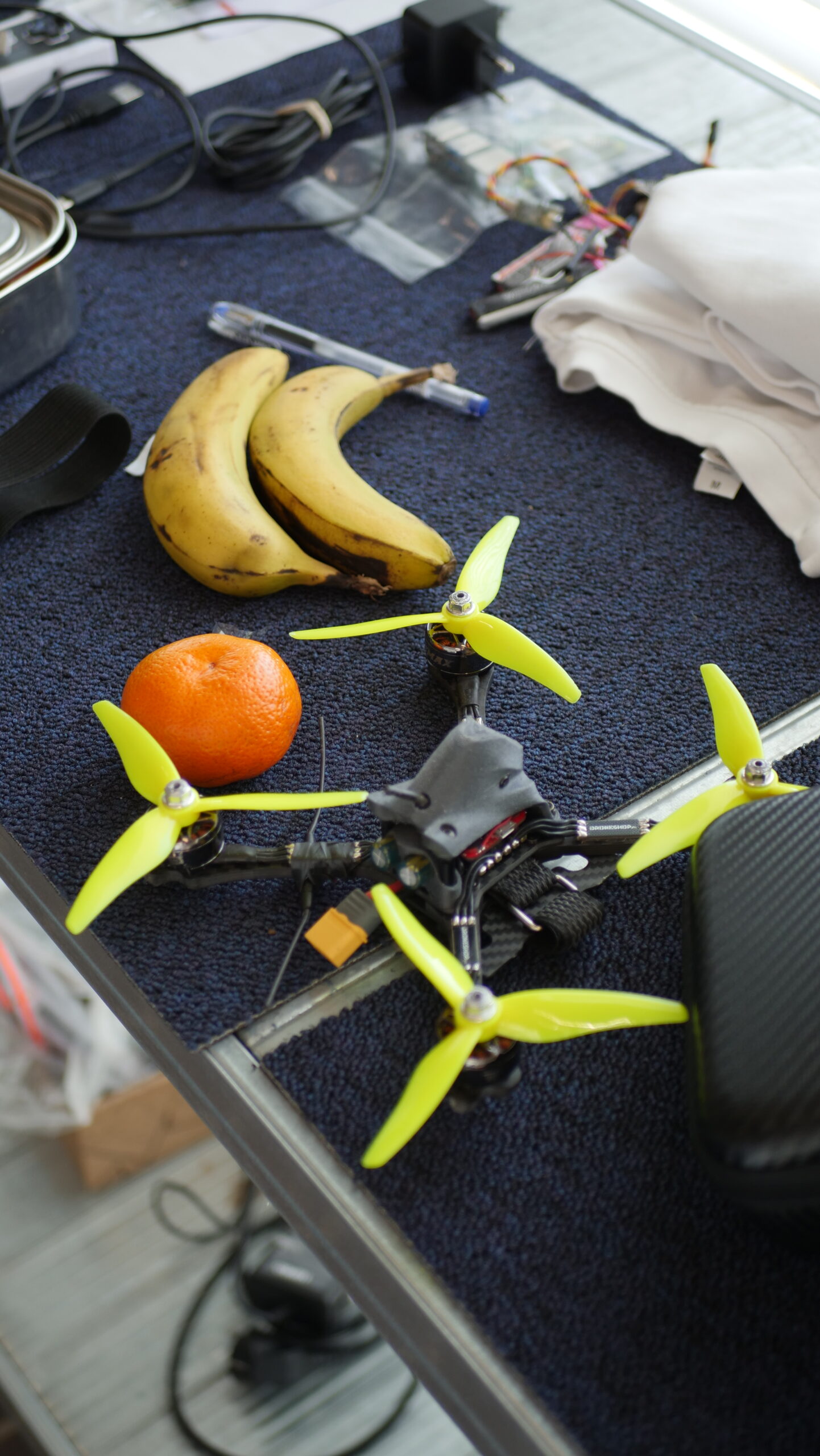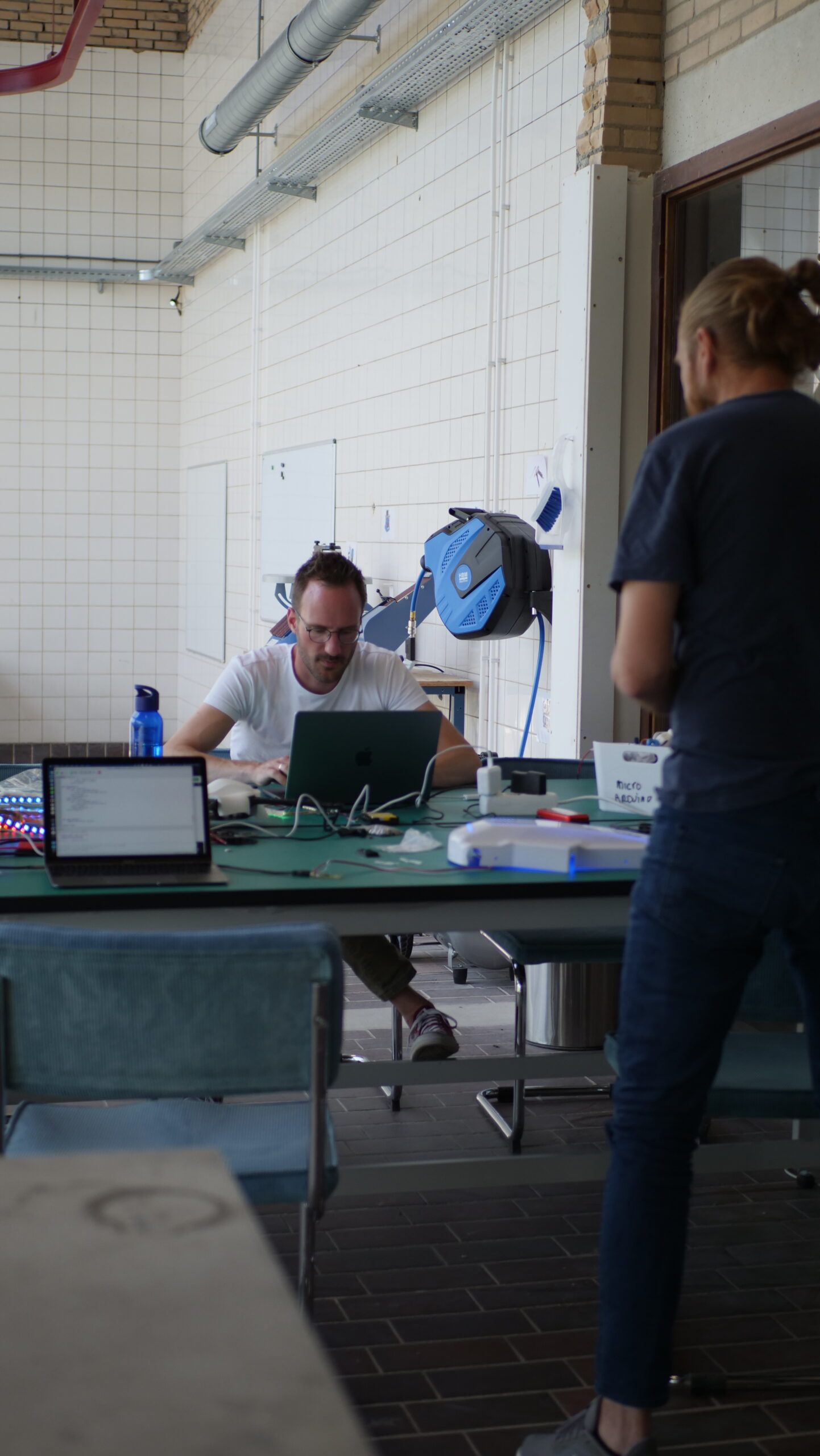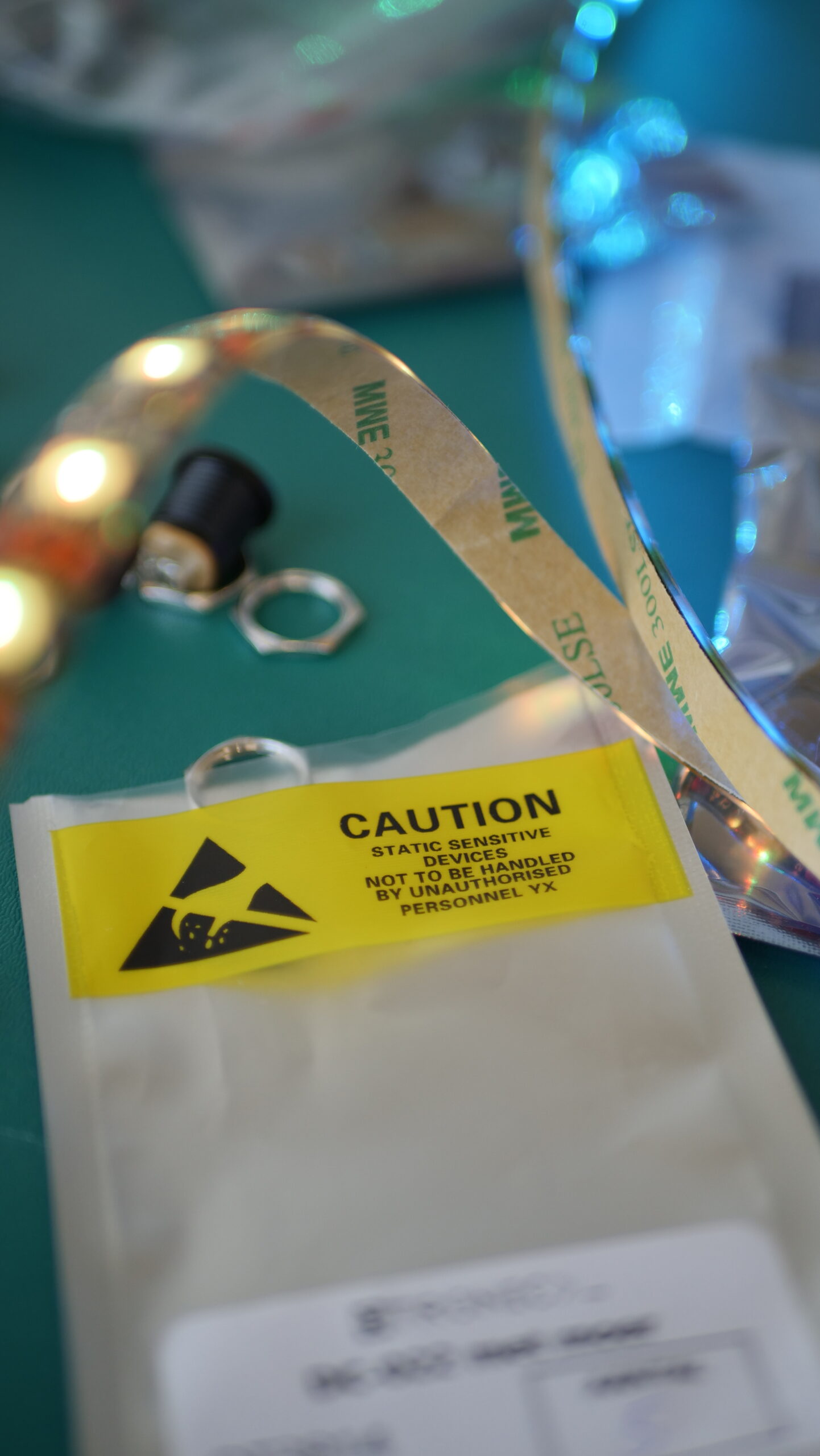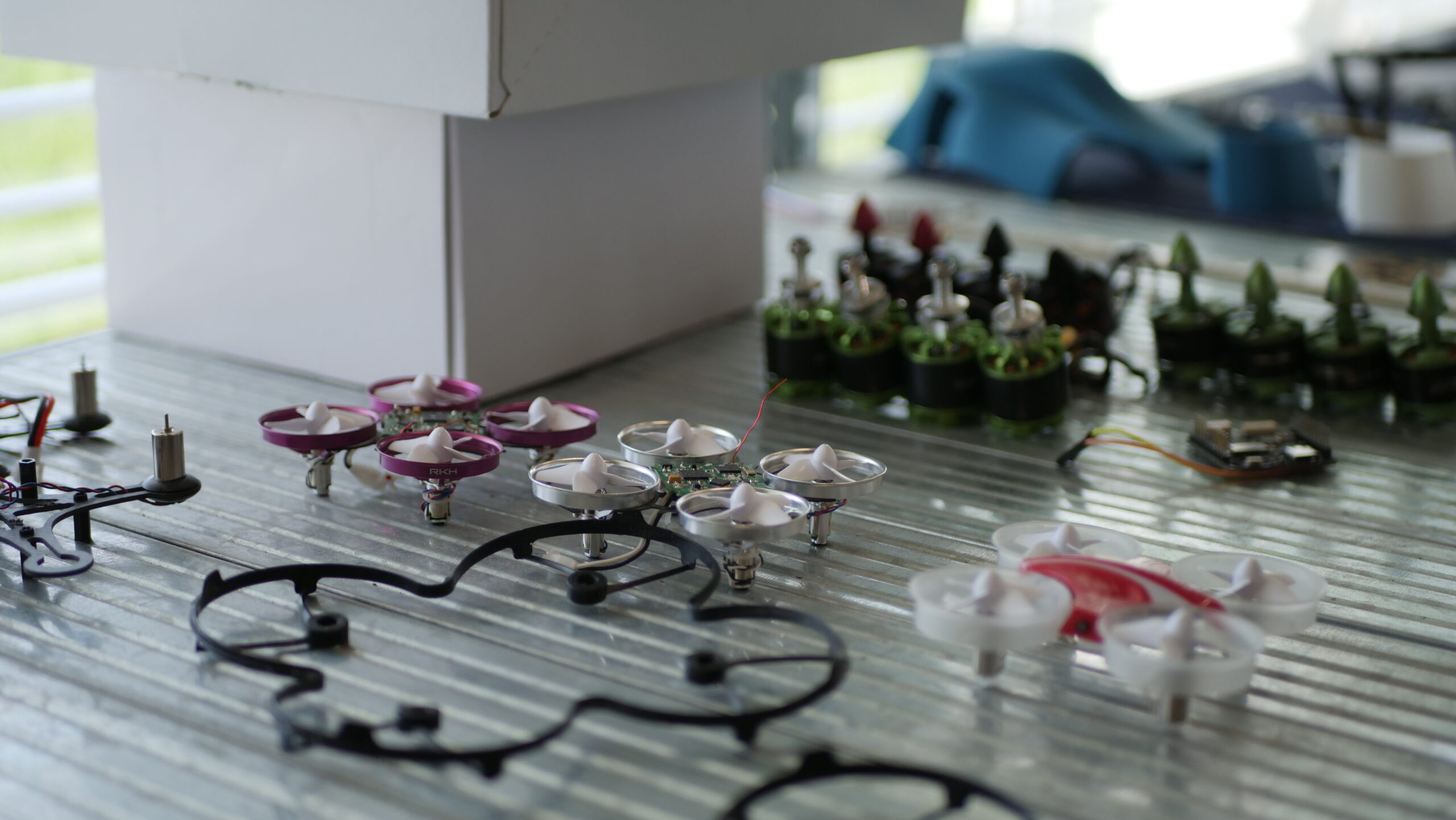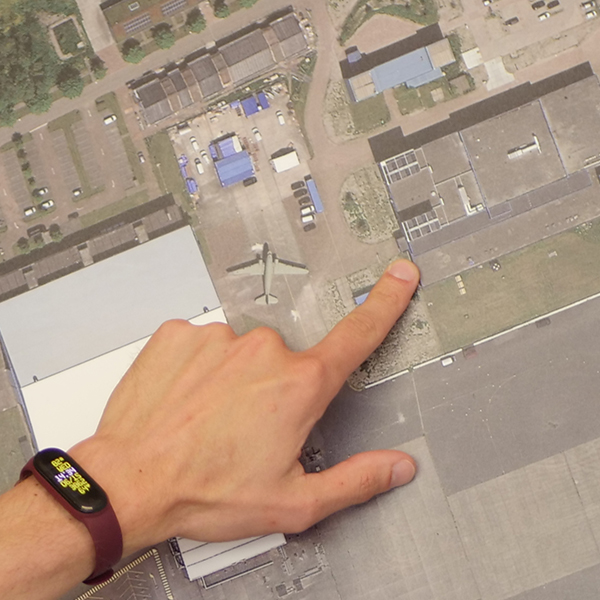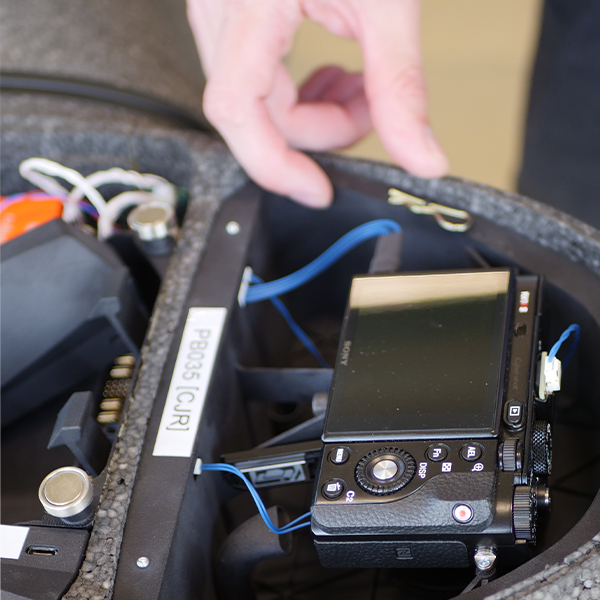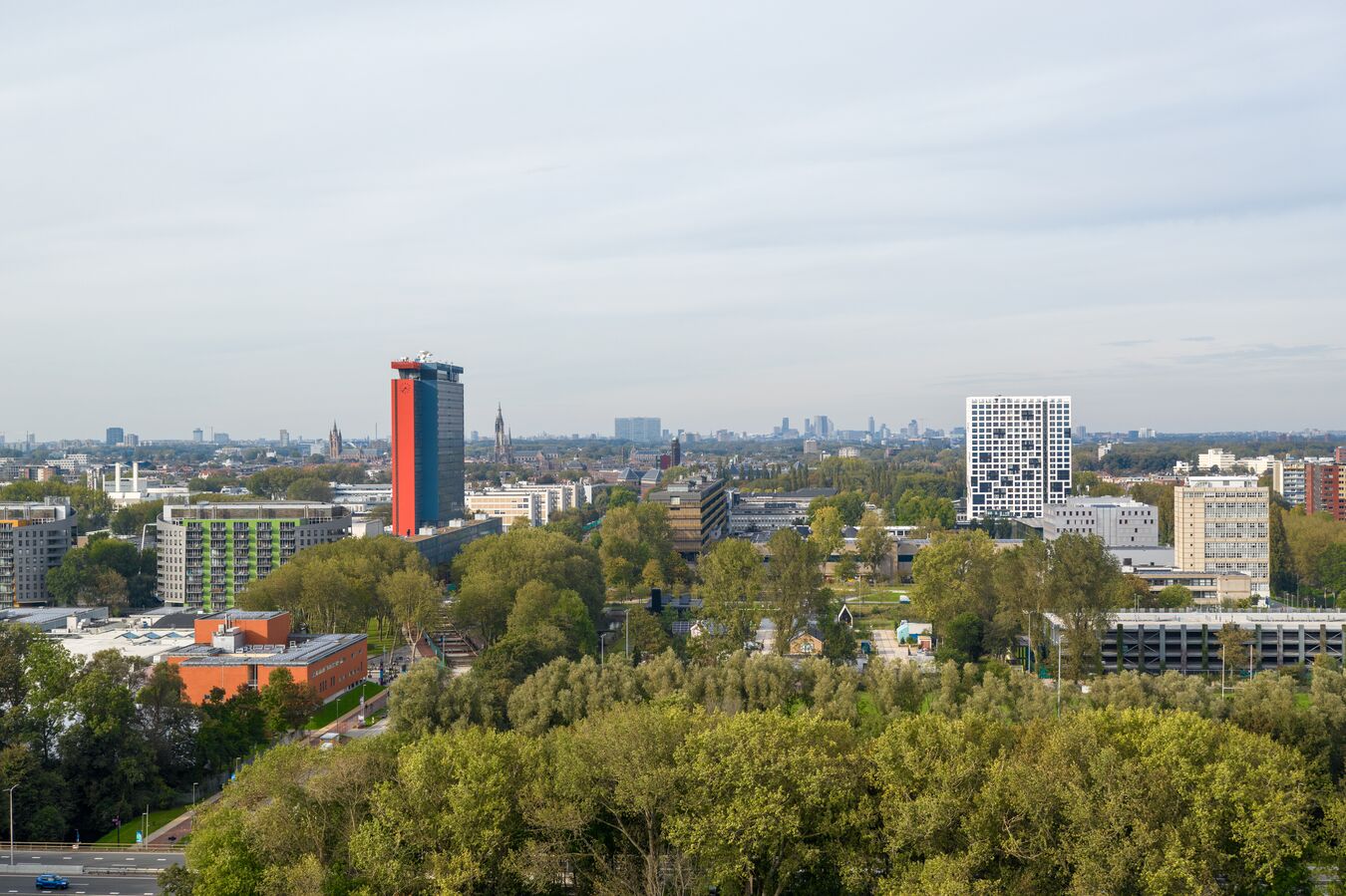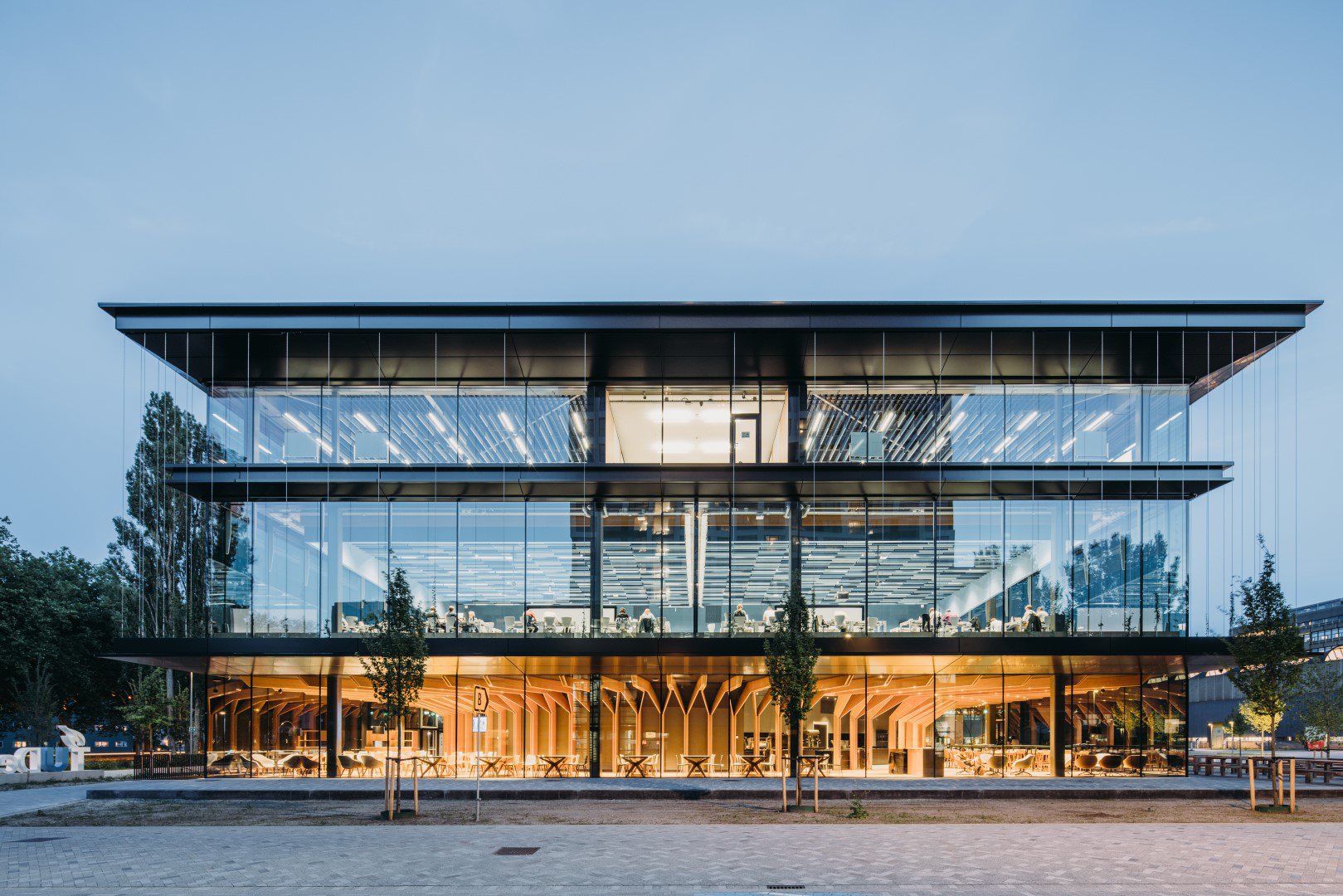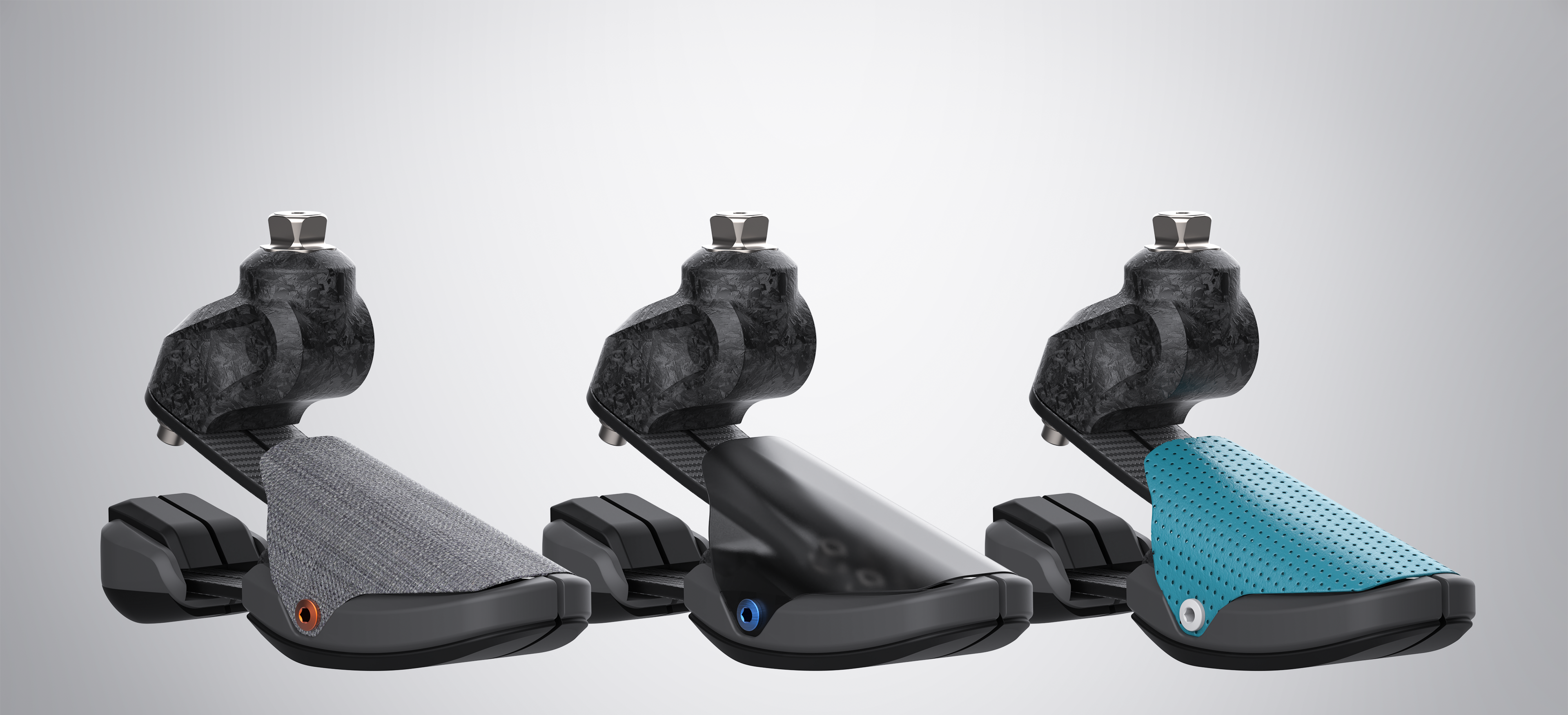Entrepreneurs are a creative bunch with countless promising ideas, but they don’t always have the equipment and facilities to develop them. That’s exactly why Unmanned Valley (UMV) launched its makerspace. The name is telling: the large space is full of DIY workbenches and boasts a wide selection of tools. What’s more, if you need inspiration, you only have to look out the window at Valkenburg Airport’s former runway. In short, this space has all the ingredients needed to spawn ground-breaking innovations, as has been proved by the students taking on Project X, a competition launched by NATO, Boeing and Unmanned Valley. Ambitious student teams took to the makerspace to work on a mission that would allow drones to autonomously navigate disaster areas that cannot be reached by people and ground vehicles.
When we find Walter Kort at a table strewn with electronic parts and wires, he gives us a warm welcome and invites us to come in, before adding “But we’ve got a bit more tinkering to do.” Walter is the project manager of UMV’s makerspace and oversees this ‘Making Mecca’.
As we look around the space and the rows of workbenches lined up along the windows spanning the entire room, we are struck by the large number of drones, ranging from units that fit in the palm of your hand to true behemoths. On the high ceiling, we spot a rail with a hook attached to it, revealing that the space served as a hangar in the past. Screwdrivers, printers, bright lights, propeller origami and the occasional piece of stray fruit; everything serves an important purpose.
“Here, they can roll up their sleeves and get to work.”
Walter Kort
Projectmanager
Just build it
Walter explains: “With our makerspace, we want to offer facilities for start-ups, scale-ups and companies that don’t have their own production capacity. Here, they can roll up their sleeves and get to work.” The space exudes a sense of limitless creativity, and anything goes mentality.
What can you do here? You can come here to brainstorm about concepts or use the tools and equipment to tinker away at the workbenches – and there’s even a 3D printer in a separate room to produce your own parts. Outside the walls of the makerspace, you can reserve flight time on the runway to launch a prototype.
An impactful project
The recently completed Project X challenge is a great practical example of how the makerspace fosters innovation. In collaboration with NAVO, BOEING and TU Delft, UMV issued a challenge, tasking teams to find a way to have autonomous drones operate remotely and independently under all circumstances. To solve the challenge, teams had to harness technology to have a swarm of drones control themselves without pilot input. “It’s called swarm technology”, Walter explains, “which comes down to independently operating units working as a team.”
The student teams used UMV’s makerspace to develop their concepts and produce prototypes.
According to Walter, “this challenge will have real-world impact, because Unmanned Aerial Vehicles (UAVs) are becoming increasingly important in operations run by NATO member states.” More often, operations will have to take place under extreme weather conditions such as floods, storms, heat waves and extreme cold. In these conditions, it’s much safer to deploy a drone than a crewed vehicle.
All the more reason, then, that the winning team was given the chance to present their innovation at a NATO summit in Madrid at the end of June this year.
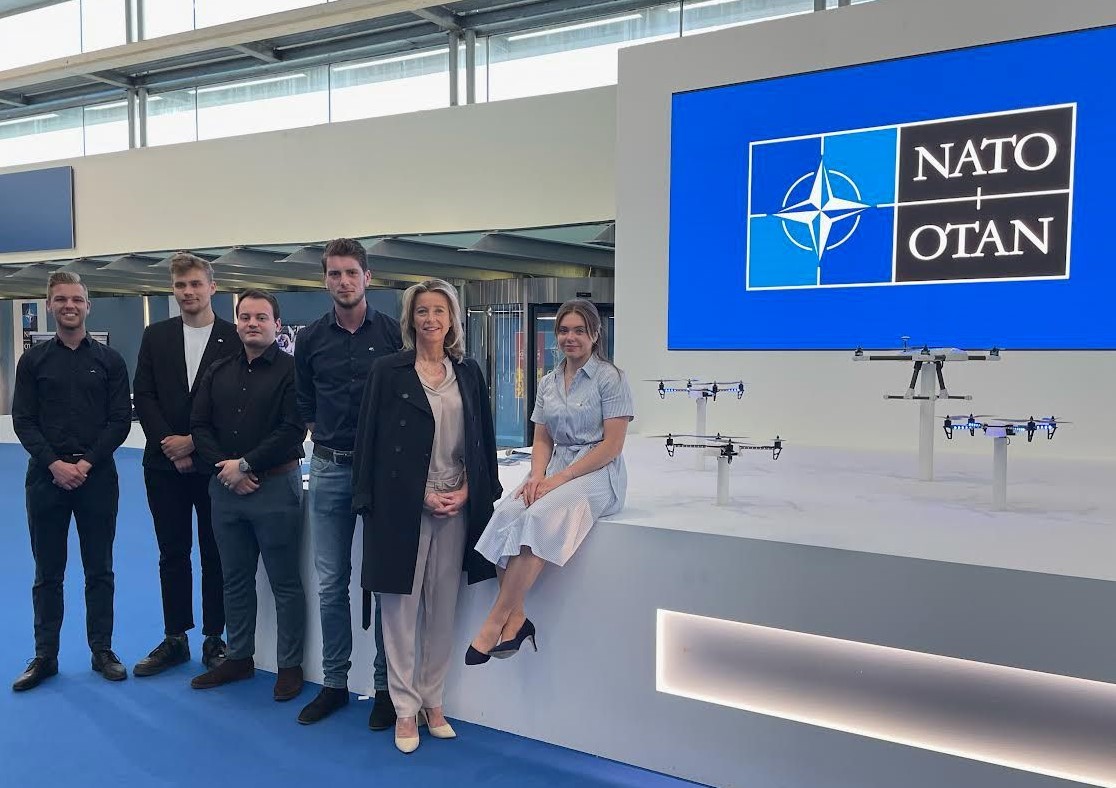
“If someone would have told me I would be presenting at the NATO Summit 2022 in Madrid, I would’ve laughed. Together we have demonstrated the process of quick innovation within Project X and the winning prototype. Many thanks to the team and let’s make sure this isn’t the last time we work together.”
– Dennis van Eck van der Sluijs, Team Captain
Gaming drones
Delft’s Team Alpha came out on top in the final, with a working prototype that could actually fly autonomously. The expert jury, consisting of representatives from NATO, Boeing and TU Delft, gave its verdict on the two teams that had qualified for the grand finale.
In the end, DETHRONE emerged victorious, using blockchain-based technology for its swarm of drones. Here’s how: a swarm of interconnected drones is invited to explore new paths by an algorithm. By flying over new paths, these drones can collect tokens, such as a missing person’s orange vest or a distress signal in the form of a coloured plume of smoke.
As soon as a drone ‘wins’ a token, they share this information with other drones and start looking for the next token. By playing this ‘game’, the drones can gradually explore any given area.
“This type of communication is similar to how bees search for nectar and share the location of flowers with the rest of the colony,” Walter explains.
Winning combination
It’s a winning combination: the UMV ecosystem with unmanned flight experts and the facilities of the makerspace. Project X is a textbook example of how to successfully help and guide teams through a challenge, and it won’t be the last of its kind. “Project X will most likely get a sequel and similar challenges will definitely follow in the future,” Walter assures us.

